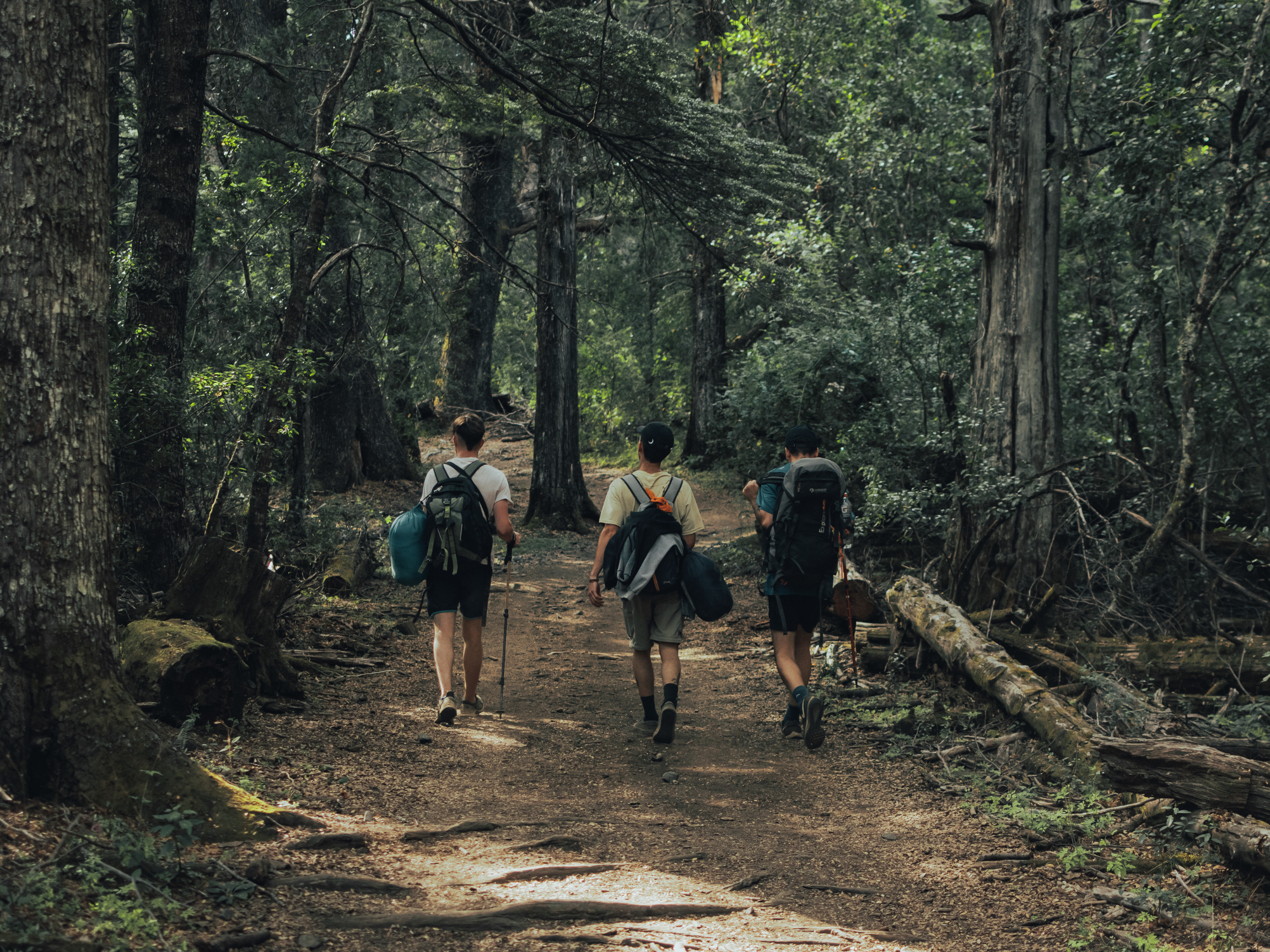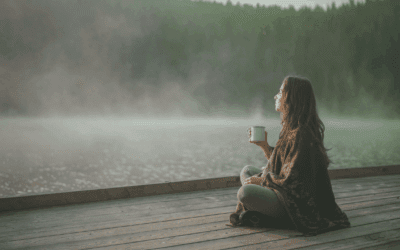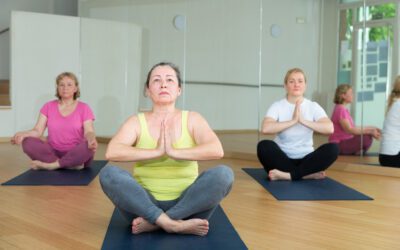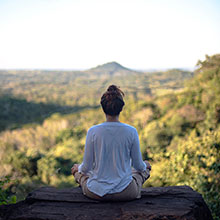Walking may seem like the most ordinary thing in the world, but doing it with full awareness completely changes the experience. In many silent retreats, one of the most transformative practices is mindful walking. It’s not about exercising or reaching a destination, but about inhabiting each step, each breath, each touch of the foot with the earth. This approach turns something as common as walking into a powerful tool to quiet the mind and reconnect with oneself.
What Is Mindful Walking?
Mindful walking is the practice of walking while paying full attention to movement, rhythm, and bodily sensations. In silent retreats, it is often included as part of silent walks, allowing participants to immerse themselves in nature without distractions. The difference from a normal walk lies in the quality of presence: each step is an invitation to perceive the ground, the breath, and even the surrounding sounds with renewed sensitivity.
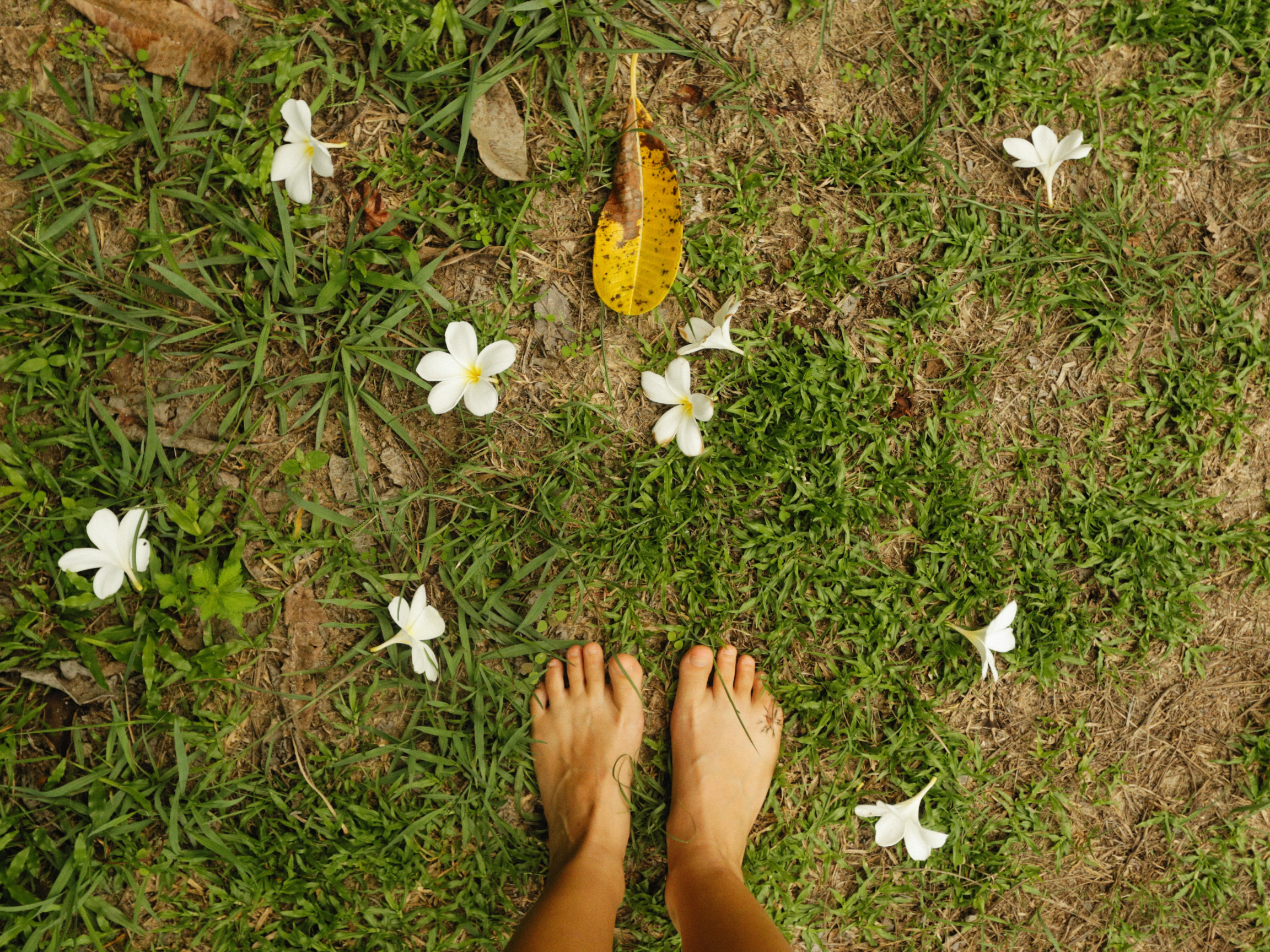
Benefits of Walking in Silence
In a silent retreat, mindful walks are usually part of the daily routine. Participants go out in groups, with no conversations or phones interrupting just the rhythm of the breath and the contact with the landscape. As highlighted by the Greater Good Science Center at the University of California, walking in nature with mindfulness reduces stress and improves the ability to concentrate.
Mindful walking not only calms the body, it also reorganizes thoughts. By removing external noise, space opens up to see more clearly what we carry inside. It is common for participants to report greater mental lightness, a sense of connection, and a palpable decrease in anxiety after these walks.
Mindful Walking and Creativity
Walking in silence and with full awareness not only calms you, it also creates space for the mind to explore new paths. Several studies have shown that walking stimulates divergent thinking, the ability to generate fresh ideas and unexpected connections. When we let go of hurry and simply accompany each step with the breath, the brain enters a state of cognitive freedom that rarely appears in front of a screen. For creative professionals, writers, designers, or even team leaders, mindful walking can become a silent tool to unlock projects and find more innovative solutions.
Connection with Nature Through Walking
Walking mindfully in a natural environment strengthens the sense of belonging and calm. The combination of gentle movement, contact with the air, and conscious observation of the surroundings awakens a more authentic connection with what surrounds us. In cities like Barcelona, practicing mindful walking in green spaces not only reduces stress but also restores a sense of balance.
Mindful Walking Beyond the Retreat
Although the experience of practicing mindful walking in a retreat is unique, the interesting part is that it can later be incorporated into daily life. You don’t need a mountain or a forest to walk mindfully: it’s enough to go outside and decide to pay full attention to the act of walking. What you learn in the retreat, that slower rhythm, that way of noticing each step, becomes a tool that accompanies you beyond the practice space.
This same practice can also be applied to urban life. In our article Urban Silence Sanctuaries: Quiet Places in Barcelona, we explore how to find moments of calm in the midst of everyday noise.
How to Start if You’ve Never Practiced It
Taking the first steps in mindful walking doesn’t require prior experience or special equipment. The most important thing is to choose a quiet place, without too many distractions, and begin walking slowly, paying attention to the sensation of each step and the rhythm of your breath. A simple technique is to count your steps while inhaling and exhaling, creating a small rhythm between body and mind. When intrusive thoughts appear (and they will), the goal is not to fight them, but simply to return your attention to the walk.
With just ten minutes a day, this practice becomes a habit that brings clarity and presence. At the beginning, it may be helpful to set small goals such as:
- Taking a short, familiar route to avoid being distracted by orientation.
- Avoiding electronic devices, so attention does not get fragmented.
- Incorporating the walk into existing routines, for example, the commute to work or the break after lunch.
The Benefits of Walking in General
Beyond mindful practice, walking itself is one of the most complete and accessible activities for physical and mental well-being. Studies have highlighted that regular walking strengthens the heart, improves circulation, helps maintain a healthy weight, and contributes to regulating mood thanks to the release of endorphins.
Unlike other exercises, it does not require extensive preparation or a specific environment: all you need is a pair of comfortable shoes and the intention to move. In addition, walking regularly can improve memory and reduce the risk of diseases such as type 2 diabetes or certain joint problems. The key lies in consistency, as even 20–30 minutes a day can have a significant impact on the body.
When these general benefits are combined with mindfulness, the walking experience becomes a powerful resource for balancing body and mind. In fact, the combination of movement and silence facilitates the integration of the physical and the mental in a way that is difficult to achieve with more intense activities.
Walking is one of those actions we take for granted, but it can become a transformative practice if we learn to experience it with full awareness. Mindful walking reminds us that we don’t always need big changes to improve our well-being: it’s enough to take a step, breathe, and allow ourselves to be present. Both physical and mental benefits intertwine in this simple, accessible, and deeply human gesture. In the end, each mindful walk not only moves us from one place to another,but also brings us closer to ourselves
Follow us on Instagram for more ideas and experiences about silence: @silentfocus.co

